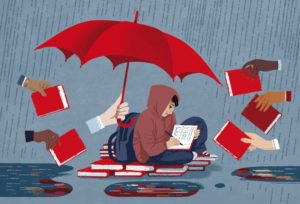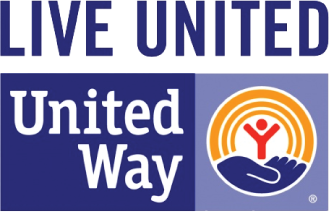Menu
Lea County School Crisis Funds

Homeless & Housing Unstable Students
Best Practices for School Reentry
Definition of Homeless Children and Youth
In Lea County, Homeless Children and Youth
(A) means individuals who lack a fixed, regular, and adequate nighttime residence; and
(B) includes—
( i ) children and youths who are sharing the housing of other persons due to loss of housing, economic hardship, or a similar reason; are living in motels, hotels, trailer parks, or camping grounds due to the lack of alternative adequate accommodations; are living in emergency or transitional shelters; or are abandoned in hospitals;
(ii) children and youths who have a primary nighttime residence that is a public or private place not designed for or ordinarily used as a regular sleeping accommodation for human beings;
(iii) children and youths who are living in cars, parks, public spaces, abandoned buildings, substandard housing, bus or train stations, or similar settings; and
(iv) migratory children who qualify as homeless for the purposes of this part because the children are living in circumstances described in clauses (i) through (iii).
These obligations extend towards:
Students in unstable living situations (doubled up with other people, couch surfing, in motels, homeless shelters); inadequately housed students (those without utilities or in substandard housing); and unaccompanied youth.
Lea County Issues
Most of the students in Lea County experiencing homelessness are living “doubled-up”. That means they have moved in with other families. Currently, there aren’t any homeless shelters in Lea County. Some students experiencing homelessness may be served by organizations in other cities, but students prefer to stay in their hometown and sleep on couches of friends, neighbors or family members.
With the help of from United Way of Lea County and in partnership with the Hobbs Municipal Schools, identification of students experiencing homelessness within our communities has increased and more children experiencing homelessness are getting the supports they need to succeed in school. This utilization of funding also supports long term sustaining of the program and assurance that training and this service to students continues.
Identifying students struggling with housing insecurities.
Where do you sleep at night?
Please review places you have slept over the past year.
Staying temporarily with friends, relatives or other people (“couch-surfing”)
WITH a parent
Staying temporarily with friends, relatives or other people (“couch-surfing”)
NOT with a parent
At a shelter, WITH a parent
At a shelter, NOT with a parent
In transitional housing or an independent living program, WITH a parent
In transitional housing or an independent living program, NOT with a parent
At a motel or in a camper or 5th wheel, WITH a parent
At a motel or in a camper or 5th wheel, NOT with a parent
In a car, tent, park, bus or train station, abandoned building, shed, chicken coop, or other public place, WITH a parent
In a car, tent, park, bus or train station, abandoned building, shed, chicken coop, or other public place, NOT with a parent
At my home, in my bed
